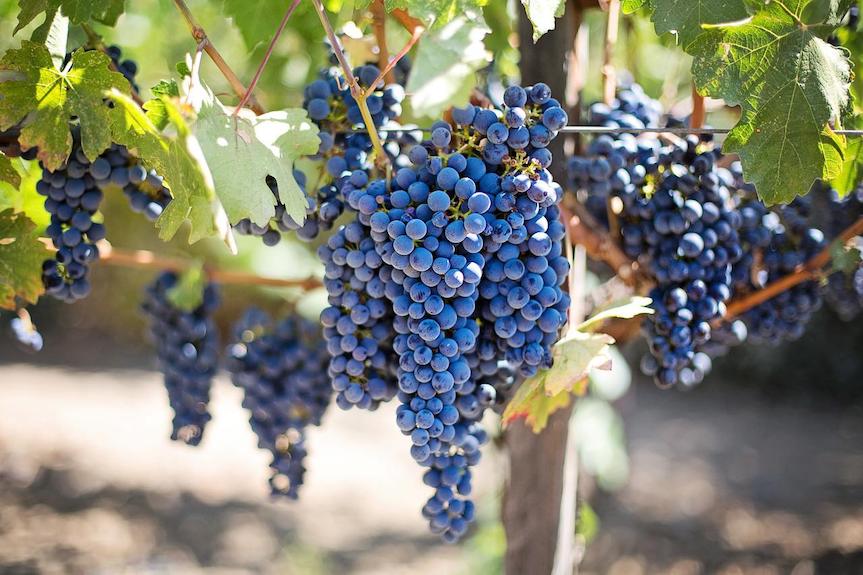Rédigé le 16/06/2022
Tout comprendre sur le cycle de la vigne

Ce n'est évidemment plus un secret pour personne, l'origine du vin est la vigne. Sans vigne, pas de vin, cela va de soi.
Et pour que le vin soit le meilleur possible, il faut donc en prendre soin. Et pour cela, il est important de respecter les différentes étapes du cycle de la vigne et d'adapter le traitement à chaque fois.
Et cela est on ne peut plus fastidieux puisque le cycle de la vigne est composé de deux cycles distincts, le cycle végétatif qui s'étend de mars à la mi-novembre puis le cycle hivernal qui s'étend de mi-novembre au mois de mars qui n'est autre que la période à laquelle la vigne se repose.
Ces cycles distincts donnent en réalité lieu à dix étapes cruciales :
1. Le début du printemps - Les pleurs
La vigne a été taillée durant l'hiver et laisse apparaître des plaies de coupe. La sève commence alors à remonter à l'extrémité.
2. De fin mars à mi-avril - Le débourrement
C'est le début d'une pousse. Les premiers bourgeons pointent le bout de leur nez et commencent à gonfler, laissant apparaître une jeune pousse qui finira par se fendre.
3. Fin du printemps - La feuillaison
La vigne commence à se parer d'une jolie couleur verte. Les feuilles poussent, se déroulent et s'étalent à travers la vigne.
4. Début de l'été - La floraison
C'est à ce moment-là que la vigne commence à vraiment devenir jolie. Avec la chaleur et le soleil, de toutes petites fleurs blanches apparaissent sur les vignes. Elles se forment en grappe, à l'instar des grains de raisins et peuvent porter jusqu'à 100 à 200 fleurs.
5. Début juin - La nouaison
Les fleurs expliquées dans l'étape précédente commencent à donner des grains de raisins. La vigne prend une tout autre forme.
6. L'été - L'effeuillage
Évidemment, qui dit soleil et chaleur dit feuilles qui poussent. Mais dans les vignes, ce n'est pas toujours bon signe, c'est la raison pour laquelle le viticulteur a mis en place l'effeuillage. Cette étape consiste à retirer les feuilles qui pourraient cacher le soleil des grappes pour que celles-ci reçoivent le meilleur soleil afin d'avoir le plus de goût.
7. Durant l'été - La véraison
Alors que le raisin était vert jusqu'alors, il change de couleur et commence à devenir violet.
8. Jusqu'aux vendanges - La maturation
Comme l'indique si bien le nom de l'étape, le raisin prend de la maturité. C'est à cette étape qu'il gagne en sucre et perd en acidité.
9. Septembre et octobre - Les vendanges
Le raisin est prêt à être cueilli. Le viticulteur peut faire appel à des petites mains pour cette étape fastidieuse mais plaisante !
10. Novembre à mars - La dormance
Les feuilles changent de couleur et tombent. La sève redescend dans les racines et la vigne hiberne jusqu'au mois de mars, à savoir le début du prochain cycle végétatif.

